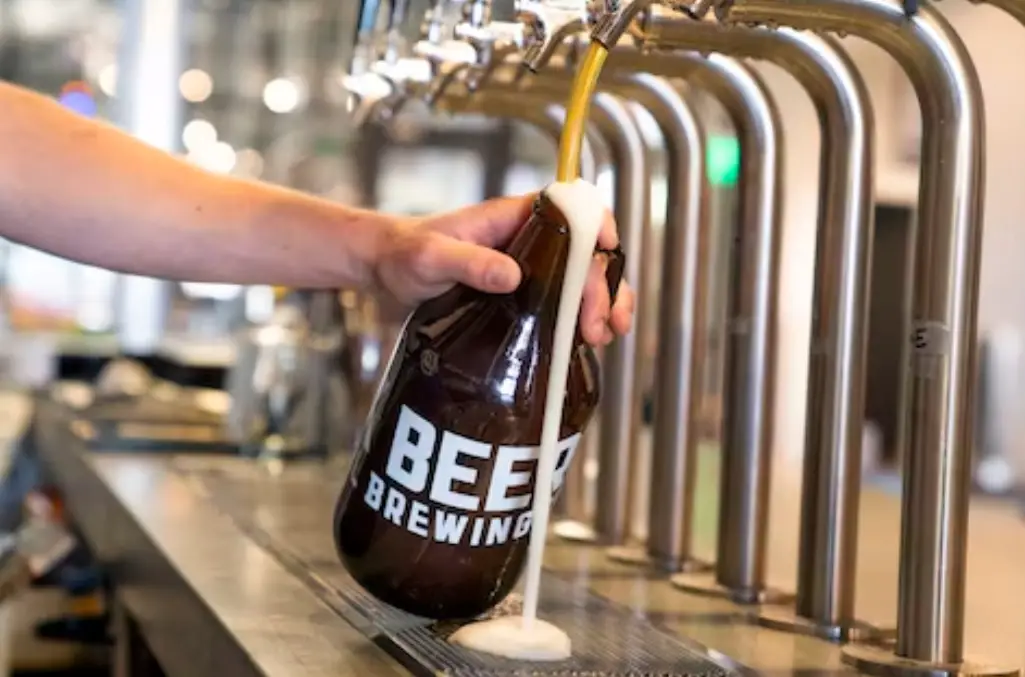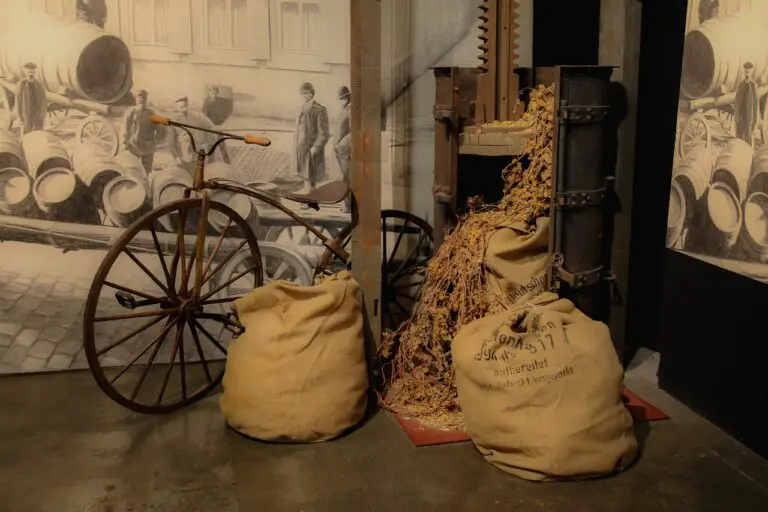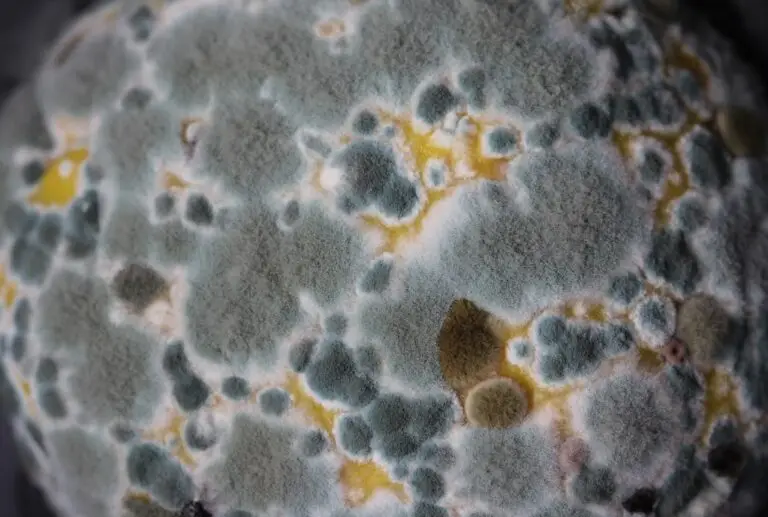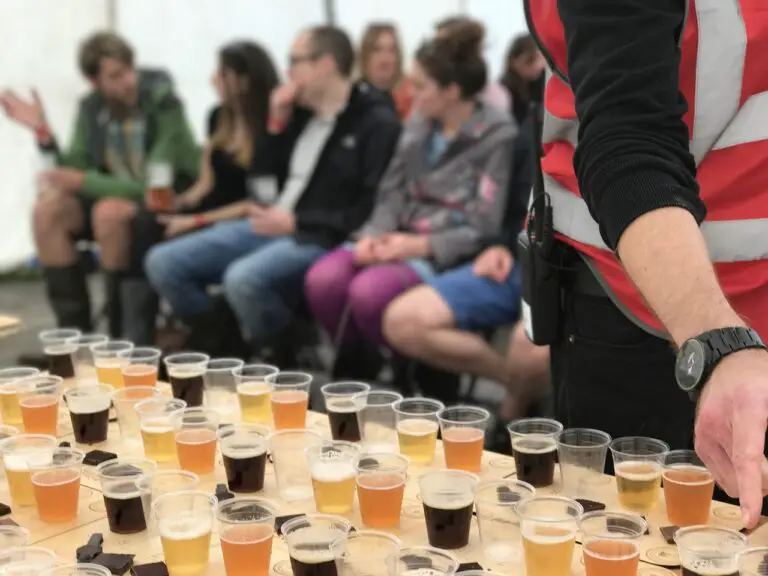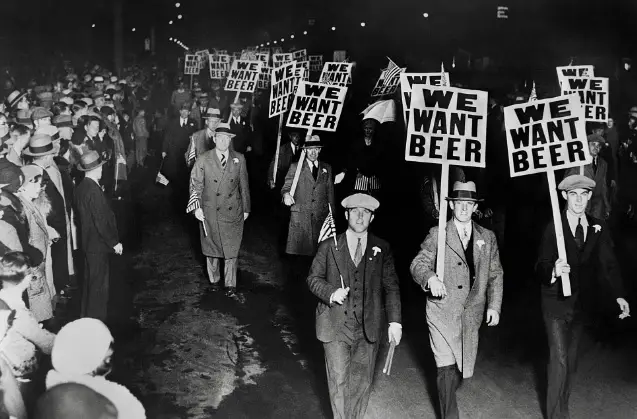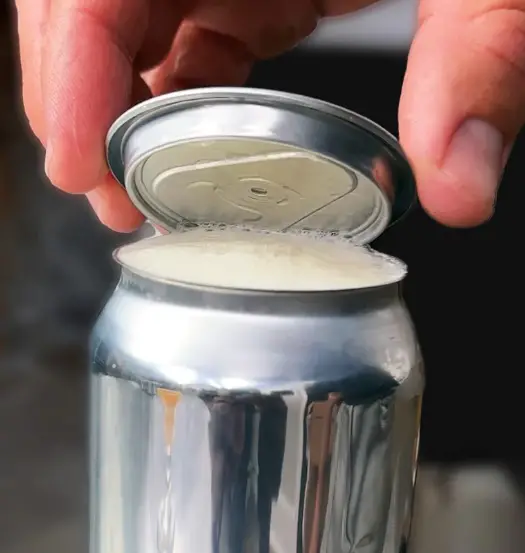Is Beer Distilled or Brewed?
So, is beer distilled or brewed? Well, the short answer is – beer is brewed, not distilled. It’s obvious, but you’d be surprised how many people get confused about these two. Let’s try to explain them better – why is beer brewed and not distilled?
So, kick back, grab a brew, and let’s dive into the fantastic world of brewing to see what makes it different from the distillation game. Cheers to demystifying the magic of beer!
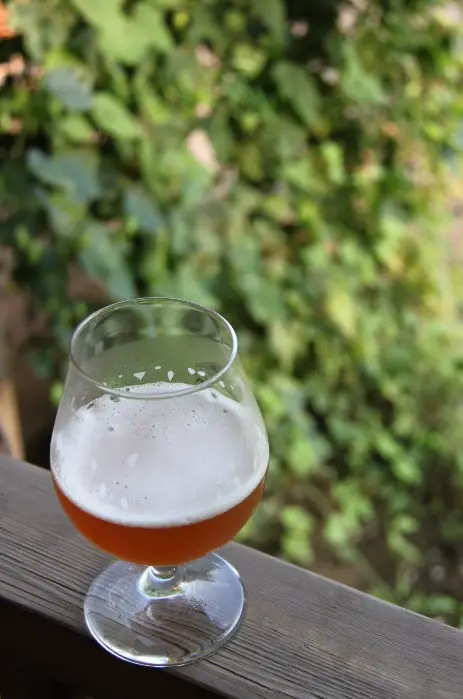
Brewing vs. Distillation – Why is Beer Brewed?
Alright, let’s start by demystifying the brewing process, shall we? Brewing is the amazing art of turning a few simple ingredients into that tasty beverage we all know and love—beer! It’s like a culinary adventure for your taste buds.
So, how’s brewing different from distillation? Well, it’s all about the “brew” versus “distill” dance. When we’re brewing, we’re coaxing flavors from malted barley, hops, yeast, and water. We’re talking about teamwork here!
First, we’ve got mashing, where we mix crushed grains with hot water to create a tasty mash. It’s like steeping tea but with malted barley.
Next up, there’s lautering. Think of it as separating the grainy bits from the sugary liquid, a bit like straining pasta.
Then, we crank up the heat and get to boiling. That’s when we add hops to the mix. Hops bring a burst of flavors and aromas to the party. Imagine them as spices in your cooking.
After the boiling, it’s time for fermentation. This is where yeast steps in and does its magic. Yeast eats up those sugars, and voila, you’ve got alcohol and carbonation.
So, in a nutshell, brewing is all about teamwork, turning simple ingredients into liquid gold through a series of tasty steps. It’s a world of flavor, where each ingredient plays a role in creating that awesome brew you enjoy.
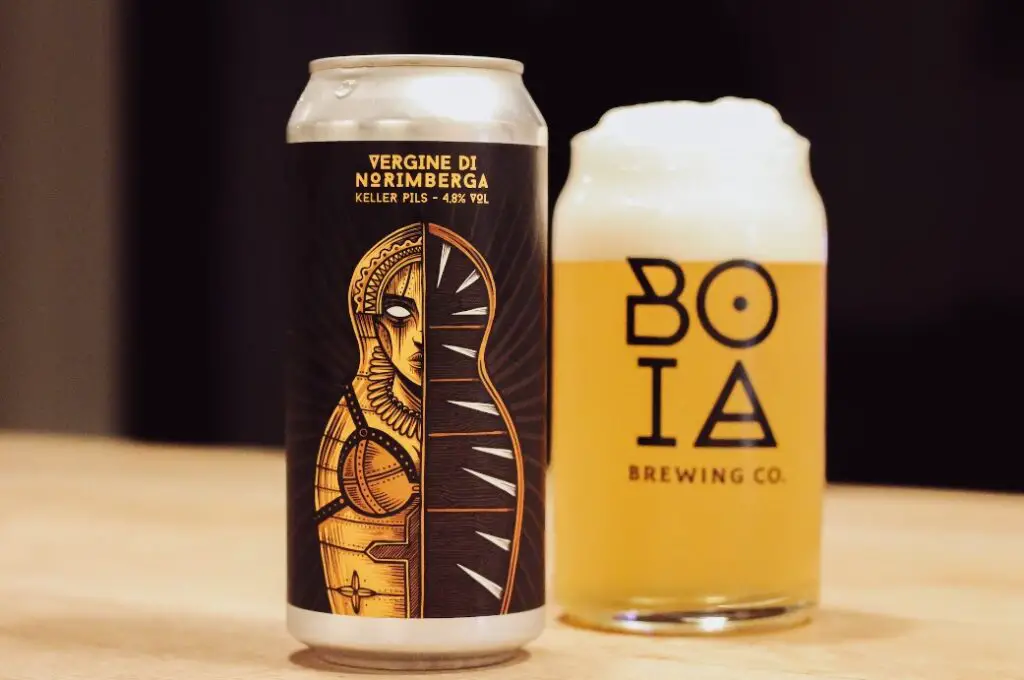
Distillation is like the soloist in the orchestra of alcohol production. It’s a method mainly used to make high-proof spirits like whiskey, vodka, and rum. Here, the primary goal is to extract and concentrate the alcohol from a liquid mixture. This is achieved by heating the liquid, capturing the vapor, and then cooling it back down into liquid form. The key difference is the emphasis on separating and purifying alcohol from a fermented liquid, which is why distillation is more commonly associated with spirits.
Brewing, on the other hand, is all about collaboration between ingredients. It’s the process behind beer, where water, malted barley, hops, and yeast combine to create a balanced and flavorful beverage. Brewing is less about concentrating alcohol and more about extracting flavors from the ingredients and achieving a specific taste profile. The steps include:
- Mashing to release sugars.
- Lautering to separate the liquid.
- Boiling with hops for flavor and aroma.
- Fermentation by yeast to produce alcohol and carbonation.
What about Beer Distillation?
Ah, beer distillation – a rather intriguing aspect of the world of brews! While most beers are indeed brewed through the traditional process we’ve discussed earlier, some specialized styles undergo a process called “freeze distillation” or “fractional freezing” to create unique and distinct flavors.
In this method, a particular beer, such as Eisbock or some barleywines, is frozen to separate water and alcohol, allowing brewers to concentrate the beer’s flavors and boost its alcohol content. This process is akin to creating an ice beer. The result is a more robust, richer, and often higher-alcohol beer than its regularly brewed counterpart.
So, how are these distilled beers different from brewed ones? The key difference is the concentration of flavors and alcohol. Distilled beers tend to be more intense, with a stronger alcohol punch and a deep complexity of taste. They’re often considered more of a sipping experience, akin to the relationship between a fine whiskey and a simple grain spirit.
For certain beer styles like Eisbock, distillation is pivotal in their creation. The process can help enhance the beer’s characteristics and take it to a whole new level. So, distillation in brewing isn’t about creating a standard beer but is about pushing the boundaries to craft unique, intense, and flavor-rich brews that cater to a more adventurous palate.
In a world where brewing reigns supreme, beer distillation is a fascinating outlier that showcases the boundless creativity of brewers and their quest to explore the diverse spectrum of beer flavors.

What About the Role of Distillation in Brewing?
Distillation in brewing is like the secret ingredient that adds an extra layer of intrigue and complexity to certain beer styles. While most beers are brewed using traditional methods, there are instances where distillation is strategically employed to create distinct, bold, and unique flavors.
One of the most notable examples is the production of Eisbock, a German beer style known for its rich, caramel-like sweetness and higher alcohol content. In this process, a portion of the beer is frozen, allowing the separation of ice (water) from the liquid, effectively concentrating the remaining beer. The result is a potent, dessert-like brew with enhanced flavors and a kick of alcohol, similar to IPA beers.
Another style that incorporates distillation is barleywine, particularly the American barleywine. Some breweries choose to distill a portion of their barleywine and create what’s known as a “barleywine spirit.” This spirit can be blended back into the beer to intensify its character, boosting its alcohol content and adding layers of complexity.
Moreover, distillation doesn’t just influence specific beer styles; it also gives birth to distinct distilled products within the brewing world. For instance, whiskey is the result of distilling fermented grain mash, and some breweries produce their own whiskey to offer a unique combination of beer and spirits. Similarly, schnapps, a type of solid fruit brandy, can also be produced through distillation in the brewery. These distilled products are often derived from the same grains or fruits used in the beer-making process, leading to an intriguing connection between beer and spirits.
The impact of distillation on beer quality is fascinating. It allows brewers to achieve flavors and alcohol levels that may be challenging or impossible to reach through traditional brewing alone. Distillation can intensify the beer’s aroma, taste, and mouthfeel, adding depth and complexity.
However, it’s a meticulous process that requires skill and precision, as overdoing it can result in unbalanced or harsh flavors. When done right, distillation enhances beer quality by pushing the boundaries of what’s possible in the world of brewing, opening up new horizons for beer enthusiasts looking for novel taste experiences. It’s an example of how innovation and experimentation in brewing can lead to remarkable results that challenge our palate and redefine our understanding of beer.

Wrapping It Up
In conclusion, beer is definitely brewed, not distilled. Brewing is the art of combining ingredients like malted barley, hops, and yeast to create a balanced and flavorful beverage. Distillation, in contrast, is a separate process mainly used for spirits. While there are instances of distillation in specialized beer styles, the core of the beer-making process remains firmly rooted in brewing.
This distinction underscores the unique approaches used to craft these distinct alcoholic beverages, adding to the richness and diversity of our drinking experiences. So, whether you’re enjoying a beer or a distilled spirit, you can appreciate the craftsmanship and creativity that goes into each sip.

I am a young architect with a passion that goes beyond blueprints… it’s beer! undertherosebrewing.com is more than just a blog, it’s a manifestation of my lifelong dream to explore, read, and learn everything about beer. Join the blog on this unfiltered and genuine adventure into the heart of beer culture. Cheers!
